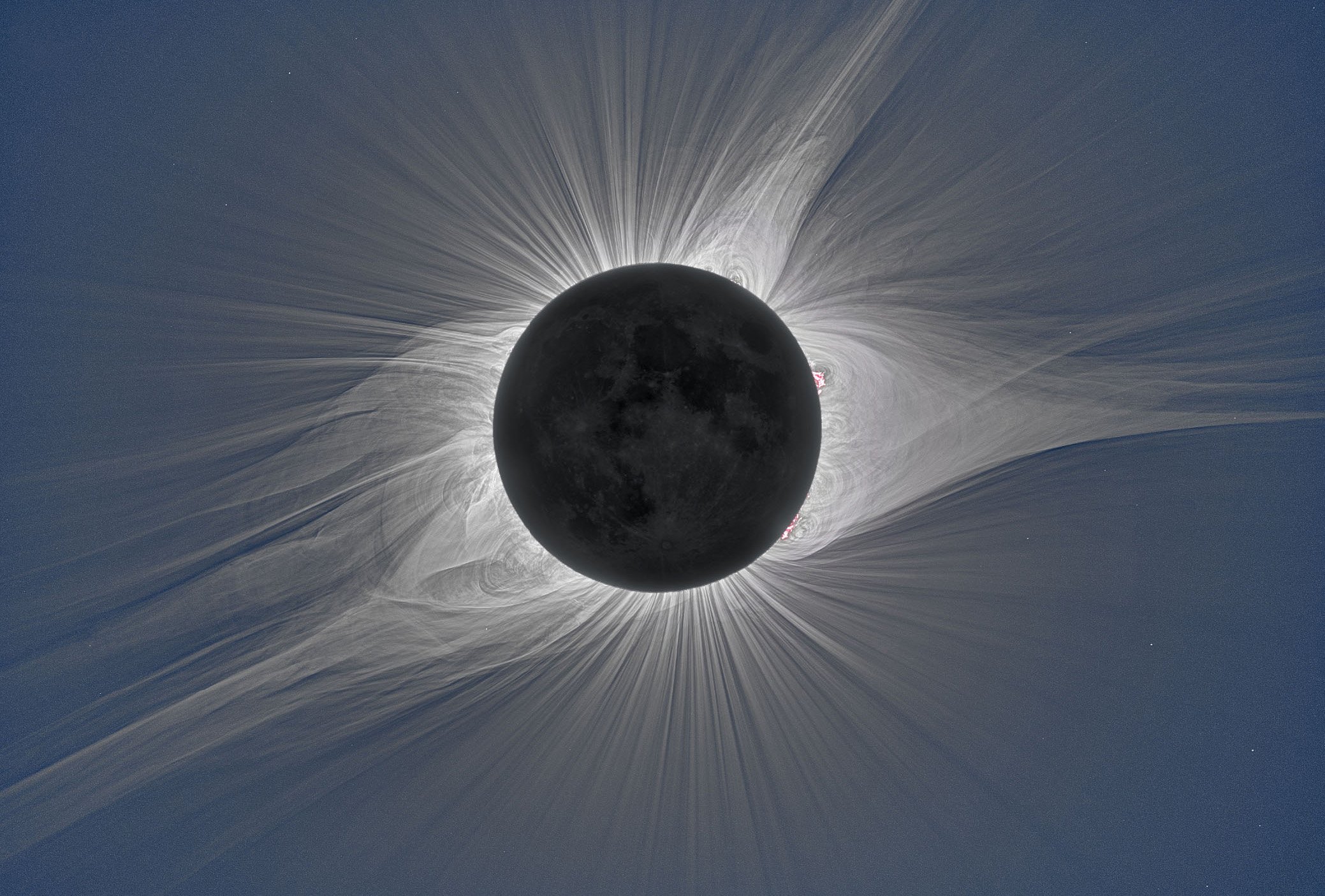
Traditionally, the further we move away from a heat source, the cooler it gets. Bizarrely, the same cannot be said for the sun.
But University of Otago scientists, teamed up with colleagues from Princeton and Oxford Universities and a six-dimensional supercomputer, may have solved a key part of the solar secret.
Study lead and Otago physics researcher Dr Jonathan Squire said the surface of the sun started at 6000degC, but a few hundred kilometres above the surface, the temperature suddenly increased to more than a million degrees, becoming its atmosphere, or corona.

"This is so hot that the gas escapes the sun’s gravity as solar wind, and flies into space, smashing into Earth and other planets," Dr Squire said.
"We know from measurements and theory that the sudden temperature jump is related to magnetic fields which thread out of the sun’s surface, but exactly how these work to heat the gas is not well understood.
"This is known as the coronal heating problem."
Dr Squire and co-author Dr Romain Meyrand have been working with scientists at Princeton and Oxford and found two previous theories that could be merged into one, to solve a key piece of the problem.
The popular theories were based on heating caused by turbulence, and heating caused by a type of magnetic wave called ion cyclotron waves, Dr Meyrand said.
The group used six-dimensional supercomputer simulations of the coronal gas to show how the two theories were actually part of the same process.
Dr Squire said it was important to know more about the sun’s atmosphere and the subsequent solar wind because it had profound impacts on Earth.
Solar winds interacted with the Earth’s magnetic field, causing everything from auroras to satellite-destroying radiation and geomagnetic currents which damaged the power grid.
"Perhaps with a better understanding of its basic physics, we will be able to build better models to predict space weather in the future, thus allowing the implementation of protection strategies that could head off billions of dollars of damage."












